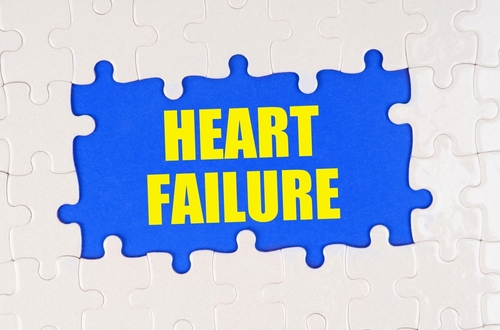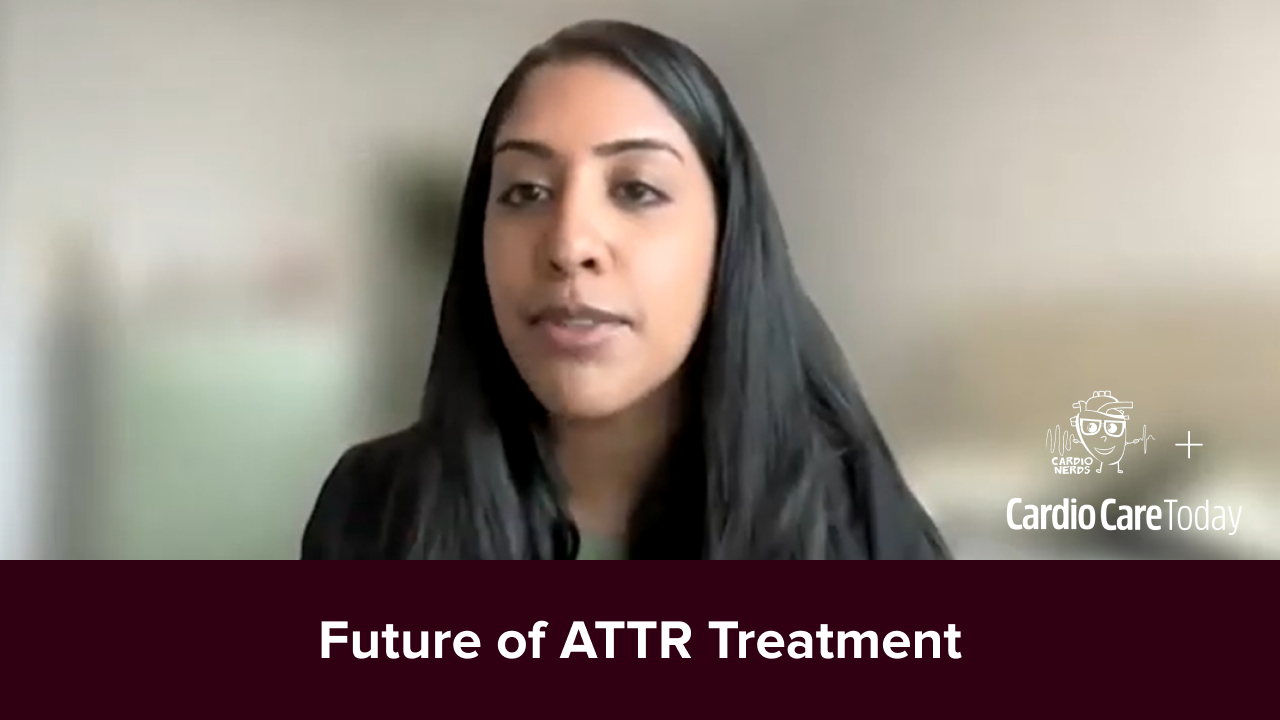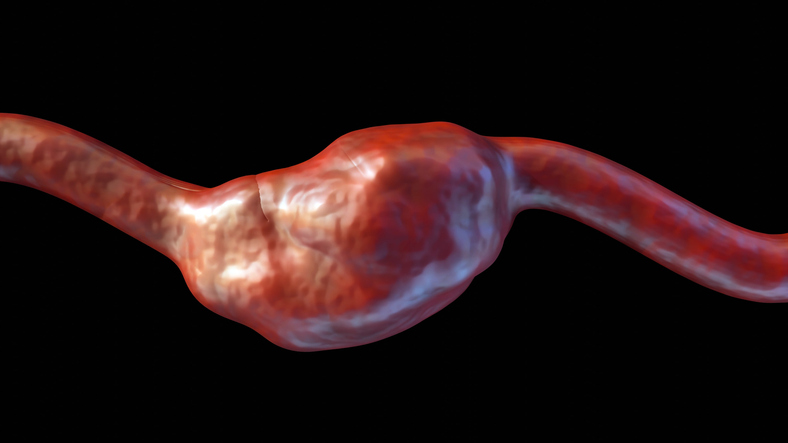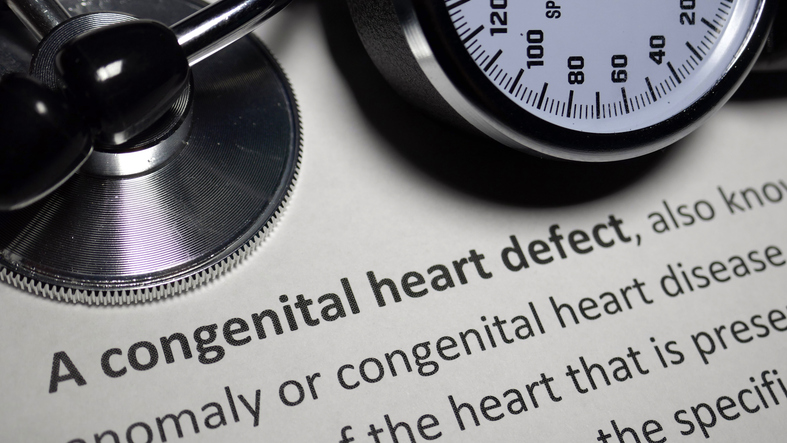
For patients with acute heart failure (AHF), receiving high-intensity guideline-directed medical therapy (GDMT) 2 weeks following hospital discharge is safe and effective, according to a recent study published in JAMA Cardiology.
In this secondary analysis of the Safety, Tolerability, and Efficacy of Rapid Optimization, Helped by N-Terminal Pro–Brain Natriuretic Peptide Testing of Heart Failure Therapies (STRONG-HF) trial, researchers reviewed data of 515 patients assigned to high-intensity care. They analyzed the average percentage of the doses of 3 classes of HF medications (renin-angiotensin system inhibitors [RASis], β-blockers [BBs], and mineralocorticoid receptor antagonists [MRAs]) relative to their optimal doses.
The primary outcome of interest was the composite of first HF rehospitalization or all-cause death at day 180. Secondary end points were defined as change in the EQ-5D visual analog scale (EQ-VAS) score from baseline to day 90, 180-day all-cause death, and the composite of first HF rehospitalization or all-cause death at day 90.
The results showed that an average increase of 10% in the average percentage optimal dose was associated with a reduction in 180-day HF readmission or all-cause death, as well as a decrease in 180-day all-cause mortality (adjusted hazard ratio, 0.84; 95% CI, 0.73-0.95; P=.007). Moreover, researchers found that quality of life at 90 days, measured by the EQ-VAS, improved in patients treated with higher doses of GDMT.
“In summary, this post hoc secondary analysis from the STRONG-HF study demonstrated that higher achieved doses of HF GDMT medications were associated with better outcomes and greater improvement of quality of life, with the best results seen in patients treated with an average dose of 90% or more of maximally recommended doses,” the researchers said. “Therefore, when patients can tolerate higher doses of GDMT, all efforts should be made to rapidly uptitrate patients with AHF to optimal doses of the 3 and (likely) 4 pillars of HF medications, including RASis, BBs, MRAs, and [sodium-glucose transport protein 2 inhibitors].”







 © 2025 Mashup Media, LLC, a Formedics Property. All Rights Reserved.
© 2025 Mashup Media, LLC, a Formedics Property. All Rights Reserved.